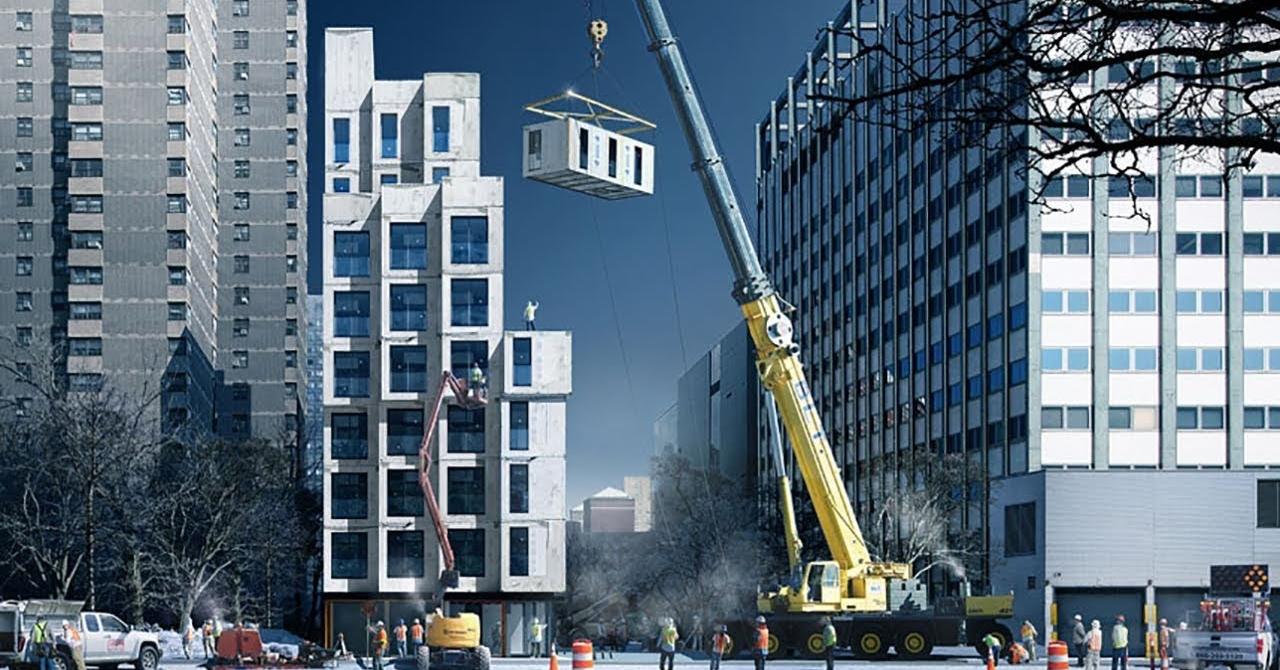Amidst the flourishing urban landscapes of the United Kingdom, as its population continues to burgeon, there arises an intensified demand for dwellings, thereby presenting an urgent call for inventive solutions. This is where the emergence of micro-housing, coupled with innovative property valuation methods, takes the stage – a burgeoning trend that is revolutionising the perceptions and encounters of city dwellers with their living spaces. In a time when space is a prized luxury and affordability, a matter of paramount concern, micro-housing and advanced property valuation techniques emerge as promising alternative that aptly caters to the distinctive challenges inherent in urban life across the UK.
The Urban Constriction and the Housing Predicament
Metropolises like London, Manchester, and Birmingham have perennially been magnetic hubs for individuals in pursuit of superior vocational prospects, education, and cultural immersion. However, the influx of denizens has precipitated an urban constriction, marked by skyrocketing property values and the scarcity of available real estate. This housing predicament has been magnified, leaving numerous individuals and families grappling to secure homes that are simultaneously economical and convenient.
Elucidating Micro-Housing
Micro-housing, sometimes referred to as micro-apartments or micro-flats, encompasses the notion of petite abodes that prioritise practicality and efficiency. These units typically span an area ranging from 150 to 350 square feet and are ingeniously crafted to extract maximum utility from every nook and cranny. While the prospect of inhabiting such confined spaces might initially elicit raised eyebrows, trailblazers of micro-housing have centred their focus on optimising comfort and functionality, thereby validating the notion that less can indeed translate into more.
Innovative Architectural Blueprint and Spatial Maximisation
At the core of micro-housing’s success lies its unwavering emphasis on innovative architectural blueprints and spatial maximisation. Architects and interior designers have embraced the challenge of fabricating multifaceted layouts that seamlessly integrate living, slumbering, culinary, and professional domains. Convertible furnishings, concealed storage solutions, and modular design principles have been harnessed to extract utility from every crevice of a micro-apartment. These ingenious adaptations not only cater to the fundamental requisites of occupants but also foment a sense of aesthetic allure and individual distinctiveness.
Collective and Shared Vicinities
Acknowledging that micro-housing does not exclusively equate to solitary confinement, many developments incorporate communal spaces designed to foster interaction and a sense of camaraderie. Rooftop gardens, co-working domains, and communal kitchens are increasingly becoming standard features within micro-housing enclaves. This initiative not only counters potential feelings of isolation but also promotes a more ecologically mindful lifestyle by curbing the need for individual amenities within each unit.
Economical Viability and Accessibility
The most salient advantage of micro-housing is its capacity to mitigate the economic quandary afflicting urban hubs. By providing diminutive yet affordable lodgings, micro-housing offers a gateway to a more extensive demographic, encompassing young professionals, scholars, and individuals seeking to streamline their living arrangements. These compact living spaces often entail reduced rents and utility expenses, permitting occupants to allocate their fiscal resources towards other imperatives or nest eggs.
Sustainable Existence
In an epoch characterised by ecological apprehensions, micro-housing also contributes to the ethos of sustainable existence. Compact living quarters inherently demand fewer resources for construction and upkeep, thus curbing the carbon footprint associated with conventional housing. Additionally, the proximity of micro-housing to urban conveniences catalyses pedestrianism, cycling, and the utilisation of public transit, thus further mitigating the environmental impact of inhabitants.
Hurdles and Censures
Despite its indisputable merits, micro-housing has not traversed unscathed from its share of criticism. Opponents posit that such confined living arrangements might not be conducive to families or individuals with particular prerequisites. Anxieties regarding privacy, cacophony, and the likelihood of exploitative housing practices have also been vociferated. It is of paramount importance that the trend of micro-housing is approached with judicious contemplation of the diverse requisites of the populace.
The Prospects of Micro-Housing in the UK
As the momentum of the micro-housing movement escalates, its future within the UK assumes a promising stance. Visionaries and urban strategists are progressively interweaving the principles of micro-housing into their conceptions, striving to attain an equilibrium between affordability, opulence, and ecological mindfulness. While micro-housing may not epitomise the definitive panacea for the housing quandary, it undeniably constitutes a stride in the right trajectory, challenging conventional paradigms and prompting a reassessment of what defines a liveable domain.
The ascendancy of micro-housing proffers a compelling remedy to the tribulations of urban existence in the UK. With its innovative design sensibilities, spatial optimisation, and a predilection for economic viability, micro-housing charts an alternate course towards ameliorating the housing quandary. As urban centres evolve and acclimatise to shifting demographics, micro-housing emerges as a testimony to human resourcefulness and the potential to reimagine urban existence for the betterment of society. While its odyssey is in its nascent phases, micro-housing unequivocally engraves its niche as a feasible and exhilarating avenue for those yearning to flourish within the heart of the metropolis.

